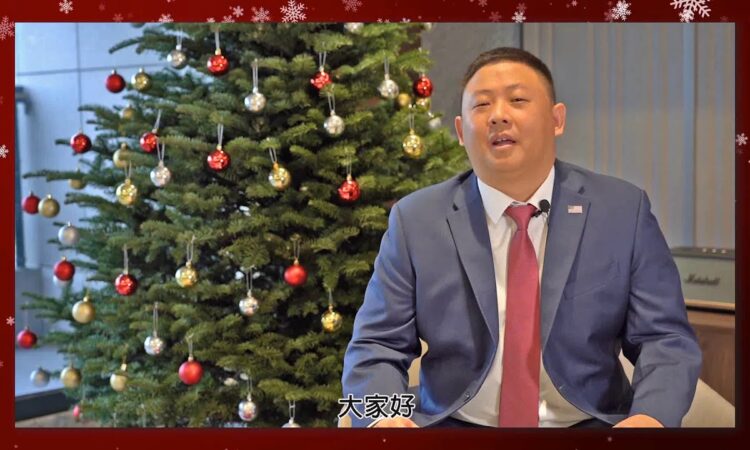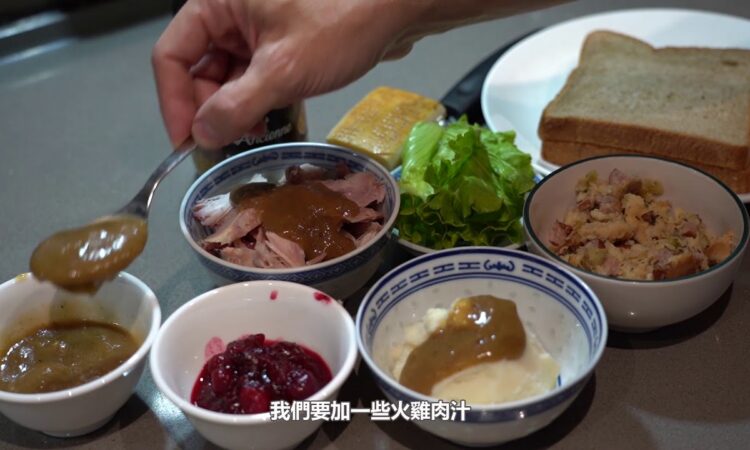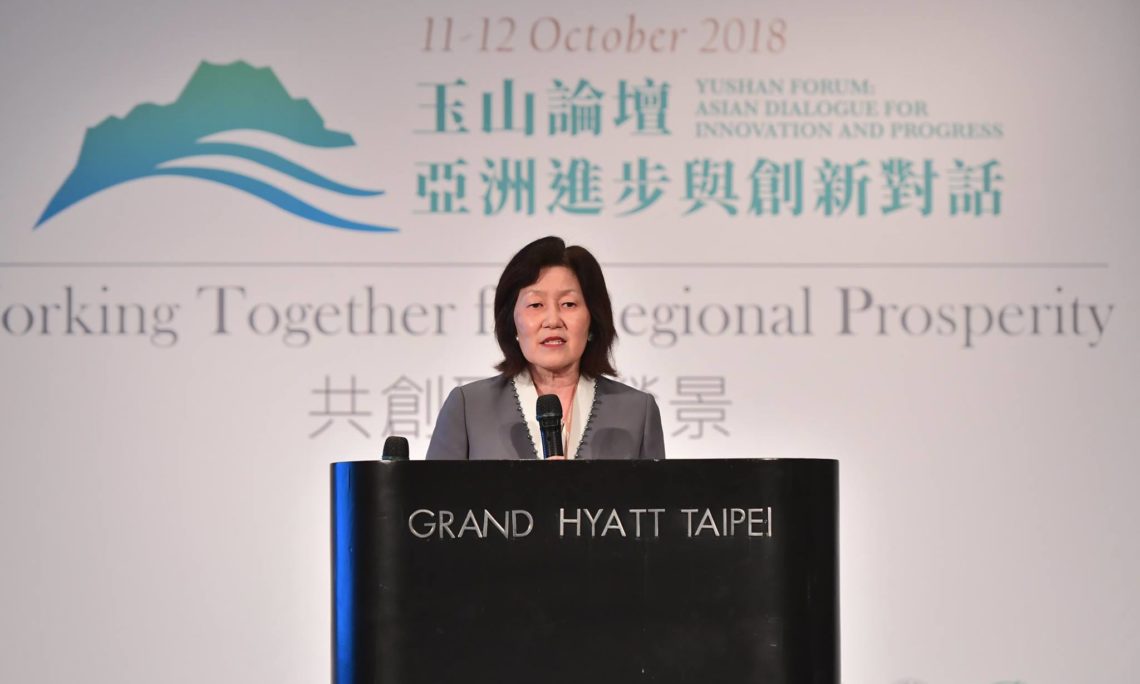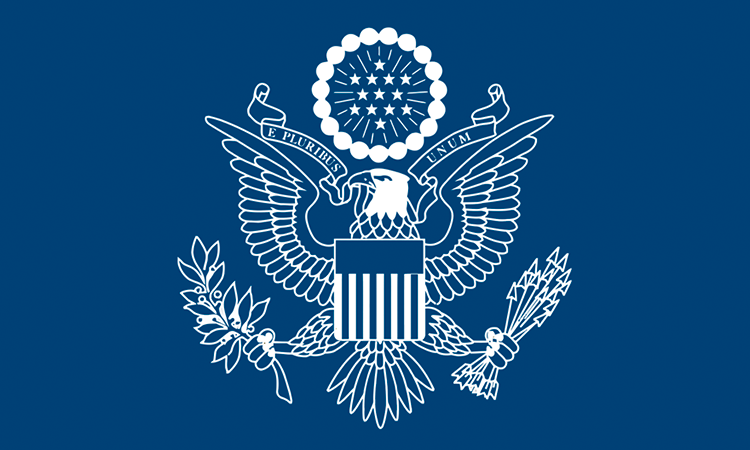張貼日期: 2018年10月12日
編號: AIT 正式資料編號: OT-1830
Yushan Forum, Taipei, Taiwan
Thursday, October 11, 2018
(As Prepared for Delivery)
Thank you, Minister Deng, for the introduction. Taiwan has been an important environmental protection partner of the United States for over 25 years. I am honored to be invited here today to talk about the International Environmental Partnership and to participate in conversation on global collaboration at the Yushan Forum.
I would like to thank Chairman Michael Hsiao and the Taiwan-Asia Exchange Foundation for organizing today’s Forum.
I would also like to thank President Tsai and EPA Taiwan Minister Lee for their leadership in tackling regional and global environmental challenges.
Finally, I’d like to thank Minister Wu and the Taiwan Foreign Ministry as well as Director Brent Christensen and the American Institute in Taiwan for their ongoing support of our work with EPA Taiwan and the International Environmental Partnership.
Today I will share how Taiwan and the U.S. have partnered for more than 25 years to make a positive impact on the environment. And at the same time, cultivated young talent, addressed public health and promoted industrial innovation in the region. I will tell the story of how our partnership has evolved into a robust regional platform which is addressing critical global challenges such as mercury, air pollution, electronic waste management, environmental education, and children’s health.
Many of my friends and colleagues in Taiwan know that I spent part of my youth here in Taipei. For several years, I attended “TAIPEI MEIGUO XUEXIAO”, or Taipei American School, which is just about 20 minutes away from here. I used to walk up “ZHONGSHAN BEI LU” to get to school each morning, walking along the Tamshui River. I remember the significant environmental challenges Taiwan faced in terms of air pollution and water pollution.
In 1987, Taiwan’s Environmental Protection Administration was established and five years later, the first environmental partnership between the United States and Taiwan was established. For the first 20 years of our relationship, Taiwan EPA was the student and the U.S. EPA was the teacher.
When I returned to Taiwan in the late ‘90s and early 2000s, I was impressed by how much had changed. The air and water were cleaner. Taiwan has now become a leader in environmental protection and a true global example.
Seven years ago when I had joined U.S. EPA, it became clear that it was time to capitalize on Taiwan’s experience to make a bigger impact in the Asian region, Taiwan to become a teacher in environmental protection. Therefore, Taiwan and the U.S. launched the International Environmental Partnership, or IEP, in 2014 to bring our environmental partnership to the next level.
The IEP model is simple, but powerful: it identifies peer experts in the region and provides a platform that promotes the transfer of best practices. It provides real-time technical assistance to help countries and build capacity in the region to address environmental challenges. The IEP is demand-driven and has resulted in the development of regional peer networks on air quality, e-waste management, enforcement and compliance, environmental education, mercury monitoring, and soil and groundwater remediation. It is about tackling environmental challenges across the Asia-Pacific region and it is also the story of Taiwan leadership.
Partners from across Asia have been drawn to IEP and Taiwan’s environmental story. This includes Thailand, Vietnam, Indonesia, the Philippines, Sri Lanka, Nepal, South Korea, Japan, New Zealand, Australia, Malaysia, and Cambodia just to name a few. In the past two years, over 40 countries have participated in one or more of over 150 IEP activities.
I’d like to talk about just a few of the areas we are currently addressing under IEP.
One of our earliest IEP programs addresses mercury pollution in our region. Mercury in the air we breathe, the fish we eat, and the products we use. Mercury is a neurotoxin which especially impacts the health of children, women of a childbearing age, and other vulnerable populations. The Asia-Pacific Mercury Monitoring Network was established under IEP to assist countries in monitoring mercury. Before this, there was very little harmonized data about the mercury situation in the Asia-Pacific region. Through IEP, countries like Indonesia, Thailand, and Vietnam have begun monitoring mercury for the first time. Other countries have also joined this partnership including Japan, Korea, Nepal, and the Philippines.
Sri Lanka received a monitoring instrument from Taiwan just a few months ago. It will begin operating soon thanks to assistance from Taiwan EPA and National Central University. Thanks to IEP, Taiwan has donated a dozen mercury monitors to Southbound countries.
Through this IEP, we are beginning to get the first picture of mercury in the Asia-Pacific region and it will help countries in Asia to use this information to affect policy and protect public health of their communities.
Another global issue we are addressing under IEP is the challenge of global e-waste. Just about everyone in this room has an electronic device such as a smart phone or tablet. We do not often stop to consider about what happens to those devices when they get discarded. How many of you have bought a new smart phone, tablet or computer this year? Many of these old devices end up in developing countries where they become a hazard to human health and children’s health.
To combat this issue and help partners develop systems and policies to address the e-waste problem, the U.S. and Taiwan launched the International E-waste Management Network. Two weeks ago, Taiwan EPA and the Philippines Department of Environment and Natural Resources hosted the 8th Annual Workshop with countries in Asia, Africa, and South America to share new approaches to managing e-waste.
A number of countries have taken the lessons learned from this network such as Taiwan’s recycling management laws and adopted some of those practices. Network members also learn about innovative approaches from companies such as Dell Computers, Acer, and Sims Recycling. This is an example of how IEP brings public and private sector partners together to facilitate innovate approaches to addressing crucial global problems.
Air pollution is another issue that through IEP, we have provided technical assistance to cities, communities, and partners across the Asia-Pacific region. In May 2018, the World Health Organization released new data that shows 9 out of 10 people breathe air containing high levels of pollution. The South and Southeast Asian Air Improvement Program will help regional partners to build technical capacity and develop actions that reduce air pollution. It also introduces innovative technology to address air pollution.
In addition, IEP is cultivating young talent by supporting projects that involve students. Through a program called Kids Making Sense, youth from Taichung and Los Angeles have been carrying small hand-held sensors to understand the impacts and sources of air pollution in their communities. And some schools are adopting an air quality flag system to increase public awareness. IEP’s fundamental mission is to help partners take actions that will make a difference.
Each of the environmental challenges I referred to above have an impact on the most vulnerable among us which is why in the fall of last year, Taiwan Vice President Chen joined us to launch a new initiative addressing children’s health. Vice President Chen noted that protecting children’s health is the responsibility of every sector because children are particularly vulnerable. This is because children’s bodies are still developing. They eat more, drink more, and breathe more in proportion to their body size. And their behavior can expose them more to chemicals and environmental risks. WHO estimates that 1.7 million deaths among children under 5 were attributable to the environment.
Therefore, actions are needed to achieve healthier, safer and cleaner environments in the places where children live, learn, and play. This requires building on existing knowledge, creating new partnerships, and translating innovative research into protective policies for our children.
That is why Taiwan is utilizing IEP as a platform to catalyze children’s health protection in the Asia-Pacific region.
Through IEP, the U.S. and Taiwan are working hand-in-hand with our regional partners to make a difference in improving environmental protection and public health while stimulating technological innovation. IEP is a role model of working together for regional prosperity.
We invite all of you to be part of this journey with us by joining the IEP community and attending the Regional Children’s Health Symposium next year.
Thank you.


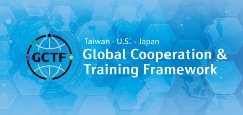




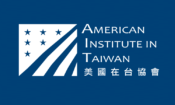
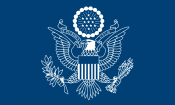
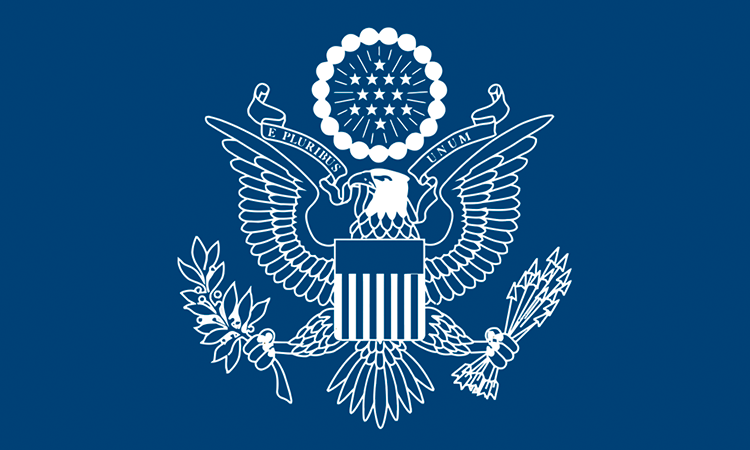
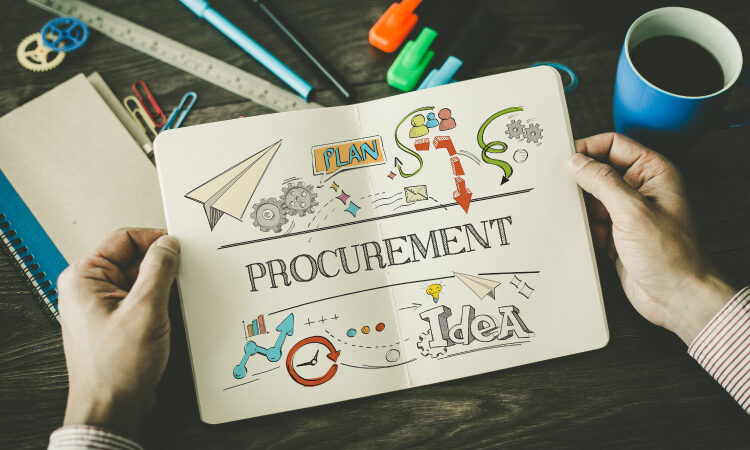



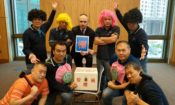
![Video Thumbnail [Recovered]-01](../../wp-content/uploads/sites/269/Video-Thumbnail-Recovered-01-750x450.jpg)
